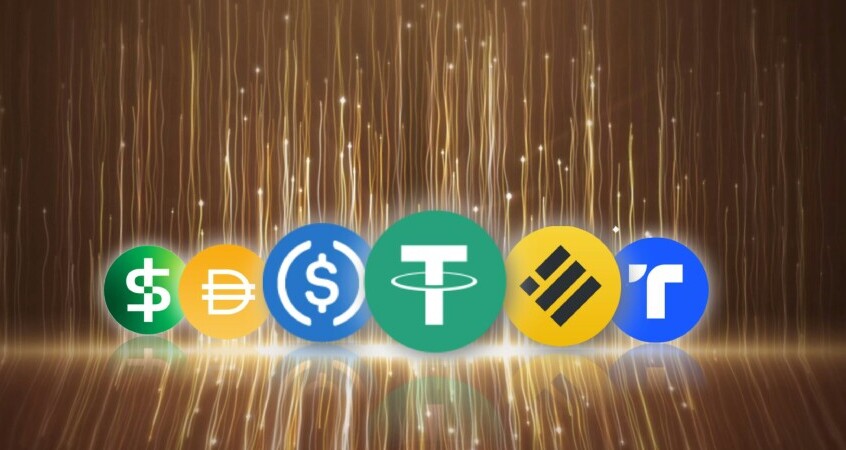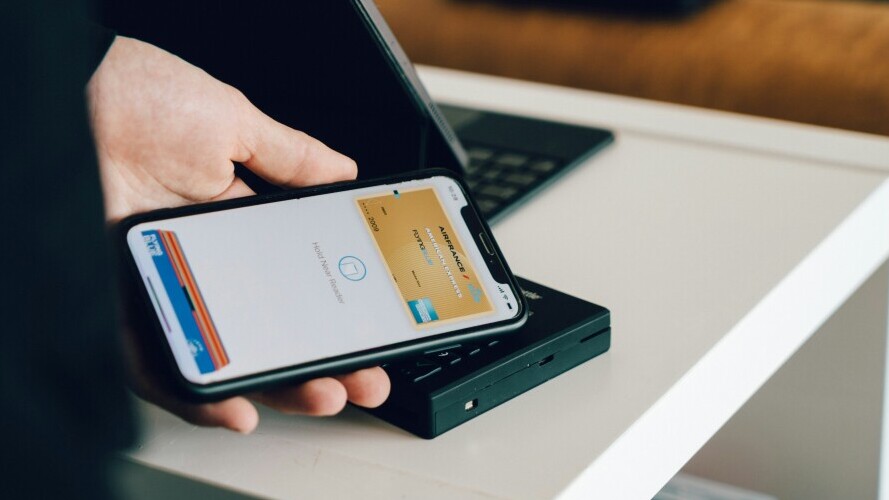How Stable Coins Will Change The Financial Landscape
Stablecoins have burst onto the financial scene as a digital currency that’s shaking things up. Unlike your usual cryptocurrencies like Bitcoin or Ethereum, these guys aim to keep their value stable. Typically, they’re pegged to things like the US dollar or even gold, which gives them an edge when it comes to stability.

So what makes stablecoins tick? They’re designed to sidestep the crazy price swings that other digital currencies experience. That stable value makes them super handy for day-to-day use, especially if you’re dealing with cross-border payments or just trying to make sure your money doesn’t disappear into thin air overnight.
And here’s another cool thing: stablecoins bridge the gap between the worlds of fiat currencies and cryptocurrencies. They bring the best of both worlds, offering the security and familiarity of traditional money with the speed and low costs of digital transactions.
Stablecoins come in different shapes and sizes. You’ve got fiat-collateralised ones, which are backed by a reserve of traditional currency like the dollar. Then there are crypto-collateralised versions, holding other cryptocurrencies as their reserve. And last but not least, there are algorithmic stablecoins, which use smart contracts to manage supply and demand without actual reserves.
Whether you’re a business looking to simplify your payments or just an everyday person wanting to dip a toe into the digital currency space, stablecoins are worth your attention. They offer a smooth ride through the usually bumpy road of the crypto world, providing a solid foundation in a sea of volatility.
Transformative Impacts of Stablecoins on the Financial System
Stablecoins are shaking up the financial game by making things easier, cheaper, and faster. Cross-border B2B payments often used to feel like navigating a maze of fees and delays, but stablecoins are cutting through all that red tape. They’re giving businesses a smooth, quick, and cost-effective way to move money across borders, without those sky-high fees.

For people sending money back home through peer-to-peer remittances, stablecoins are a game-changer, too. They simplify the process, cutting down on fees and making sure the money gets there faster. It’s like putting the world of international money transfers on fast-forward.
And there’s more. The accessibility of stablecoins is opening doors for people who might not have had access to traditional banking services. Imagine someone in a remote area with a smartphone and stablecoin wallet — suddenly, they’re part of the global economy.
Stablecoins are also empowering small businesses, particularly in developing regions. With the capability to handle digital transactions easily, these businesses can expand their reach and tap into new markets.
The beauty of stablecoins is they make economics more egalitarian. By lowering barriers and increasing trust, they can serve as powerful tools in making financial systems more inclusive and user-friendly. Big or small, business or individual, stablecoins are smoothing the playing field for everyone.
Stablecoins as Pillars of the Future Financial Ecosystem
Moving beyond just a hot trend, stablecoins are positioning themselves as vital pieces in the future of finance. They’re not just additions to crypto portfolios—they’re weaving into the fabric of mainstream banking. Imagine paying for your morning coffee, your cross-country road trip, or even managing your household bills, all streamlined with stablecoins. The ease could be next-level.

Central banks around the globe are taking notes—and frankly, that’s saying something big. The economic landscape is slowly but surely getting a digital tune-up.
For multinational corporations and financial institutions, stablecoins offer more than just a way to transact. They provide new ways to manage risk and opportunity in foreign exchange markets. Global players are thinking about these coins not just for tech’s sake but for tangible, strategic benefits.
The fact is, stablecoins are increasingly becoming the common ground where new tech meets old-school finance. Businesses see an upgrade, and consumers find value in convenience and speed. Whether it’s modernising remittances or cutting down the middleman in digital transactions, stablecoins are turning possibilities into new realities.
Globally, the conversation is shifting from “what if” to “what now.” The market’s eager to see how stablecoins will continue to develop as they’re backed by a blend of tech-savvy innovation and real-world practicality. It’s all about building something that lasts, and stablecoins have all the right ingredients.
Competitive Edge: What Problems Do Stablecoins Solve?
Stablecoins are like the Swiss army knives of the financial world, tackling a bunch of issues that have long plagued traditional systems. The biggest win? They’re taking on the wild volatility that puts a lot of people off regular cryptocurrencies. By pegging themselves to stable assets, they give you a safe harbour where you can park your money without sweating over every market swing.

Then there’s the whole international trade piece. Stablecoins make cross-border transactions way simpler and cheaper, which is a huge deal for importing and exporting businesses. Gone are the lengthy waits and hefty fees you used to face when sending money overseas.
Stablecoins also open doors for underbanked populations. People in places without ready access to banks can now participate in global commerce with just a smartphone and an internet connection. It’s as revolutionary as doubling the number of lanes on a busy highway.
For those skeptical about stablecoins, there’s the worry about value shifts—will they change in value if the proverbial “stuff” hits the fan? Generally, stablecoins manage to keep things steady as they’re often tied to reliable assets. They’re crafted to hold their ground even when markets get shaky.
Another cool part is their liquidity. You aren’t stuck holding on to them like traditional stocks or bonds. Need cash quickly? You can convert stablecoins back into fiat currency with ease, without worrying about finding a buyer first.
Overall, stablecoins fill more than just financial voids. They’re stepping stones toward a more integrated, accessible, and frictionless economic environment, breaking down barriers one transaction at a time.
Envisioning the Evolution: The Future of Stablecoins
Stablecoins aren’t just here for a cameo; they’re gearing up for the long haul. Innovations are ramping up, with developers working on creating even more robust structures to make these digital dimes stand out. Imagine systems where stablecoins adapt and evolve, learning from real-time data to serve users better. We’re watching the financial equivalent of smartphones becoming smart houses.
But with any tech leap, regulation is the whisper on everyone’s lips. Governments and regulatory bodies are working out frameworks for stablecoins to ensure they can be trusted by consumers without stifling innovation. The balance is key, like finding that perfect tuning between innovation and protection.

Can the value of stablecoins shift over time? It’s possible, though they’re designed to remain stable. More layered solutions might address concerns over tethering to multiple assets for stronger stability. As more intricate systems evolve, stability could become even more deeply rooted.
Opportunities for expansion are everywhere. Imagine stablecoins integrated into IoT devices or being the go-to currency for autonomous machines trading services. It’s a world in the making, promising chances that once were part of science fiction.
Challenges do exist, especially with technological limitations and adoption hurdles. Still, the pace of change suggests that overcoming these challenges isn’t just within reach—it’s imminent. As the digital landscape ever-changes, stablecoins rise up as something not just new or novel, but necessary.
Nothing within this blog constitutes financial advice. We strongly encourage you to conduct your own research (DYOR) before making any investment decisions. Always invest wisely and never invest more than you can afford to lose.














No responses yet